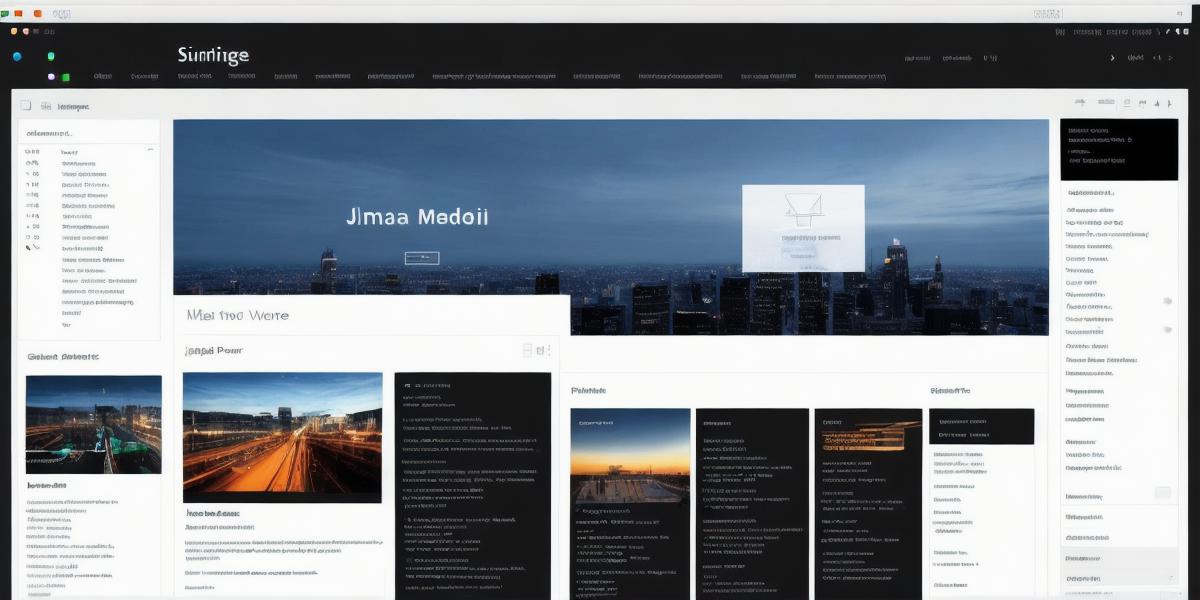Web Development Projects using Java: A Comprehensive Guide for Web Developers
Java is one of the most popular programming languages in use today, and it’s no surprise that web developers are increasingly turning to it for their projects. In this comprehensive guide, we’ll explore the benefits of using Java for web development, as well as some of the best practices and tools available to help you get started.
Benefits of Using Java for Web Development
One of the biggest advantages of using Java for web development is its scalability. Java is an object-oriented language that makes it easy to build complex, enterprise-level applications with ease. This means that you can easily add new features and functionality to your application as needed, without worrying about performance issues or crashes.
Another advantage of using Java for web development is its flexibility. Java can be used for a wide range of tasks, from building desktop applications to developing mobile apps and even games. This makes it a versatile language that can adapt to changing technologies and trends.
Java also has a strong community of developers who are constantly working on new libraries and frameworks to make development easier. This means that there is a wealth of resources available to help you get started with Java, from tutorials and documentation to forums and support groups.
Best Practices for Web Development using Java
When it comes to web development using Java, there are a few key best practices that you should follow in order to ensure that your project is successful. These include:
- Use a Framework: There are many Java frameworks available for web development, including Spring, Hibernate, and Struts. These frameworks provide pre-built components and libraries that can help you get started more quickly and easily.
- Optimize Performance: Java is known for its speed and performance, but there are still ways to optimize your application for even better performance. This includes using caching, minimizing database calls, and optimizing code for maximum efficiency.
- Follow Security Best Practices: Security should always be a top priority when building web applications. This means following best practices such as using secure passwords, encrypting sensitive data, and implementing strong authentication and authorization protocols.
- Test Thoroughly: Before launching your application, it’s important to test it thoroughly to ensure that it works as expected. This includes unit testing, integration testing, and end-to-end testing to catch any bugs or issues before they become a problem for users.
Real-Life Examples of Web Development using Java
There are many real-life examples of web applications built using Java. One popular example is LinkedIn, which uses Java as the primary programming language for its web application. Other examples include eBay, Netflix, and Amazon, all of which use Java to power their complex enterprise-level web applications.
FAQs
- What are some popular Java frameworks for web development?

- Some popular Java frameworks for web development include Spring, Hibernate, and Struts.
- How can I optimize performance when building a Java web application?
- To optimize performance when building a Java web application, you can use caching, minimize database calls, and optimize code for maximum efficiency.
- What are some best practices for security when building a Java web application?
- Some best practices for security when building a Java web application include using secure passwords, encrypting sensitive data, and implementing strong authentication and authorization protocols.
